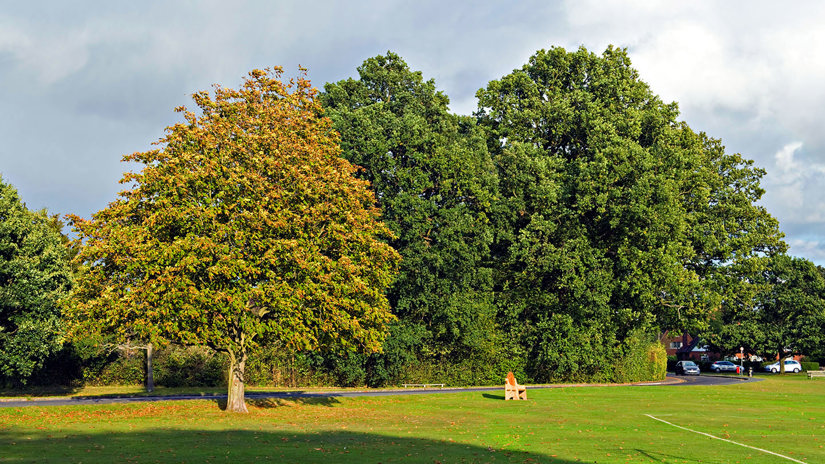
Credit: Martin Fowler / Alamy Stock Photo
What happens to the tree?
Symptoms of acute oak decline are essentially the tree's response to stress. They are a thinning crown as leaves are lost, cracks in the bark, and dark bleeds that may run down the trunk. If the stress is severe or prolonged, the tree can reach a tipping point where it runs out of energy to get through the winter or fight off pests. These trees can die within a few years.





